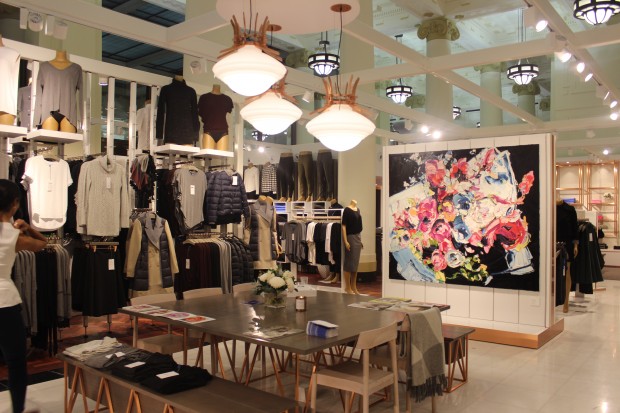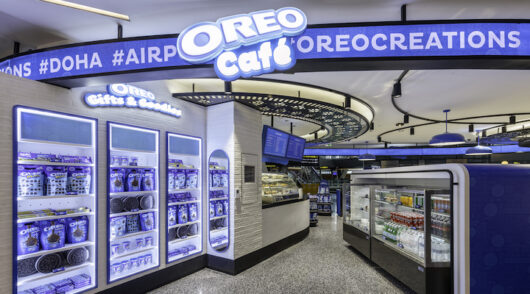
Weak retail conditions, high wage and rent costs, and fierce competition from emerging online players have been identified as the key factors negatively impacting the Australian clothing retail sector, according to research firm, IBISWorld.
The challenging operating conditions have caused many prominent brands across the retailing industries to enter administration. Some of the casualties over the past year alone have included David Lawrence, Marcs, Payless Shoes, Pumpkin Patch, Rhodes & Beckett, Herringbone, Seduce, Laura Ashley, Josh Goot and Kit & Ace.
According to IBISWorld, numerous new competitors, including online retailers and international fast-fashion brands, and challenging economic conditions have changed the way consumers spend.
“Consumers have become accustomed to buying items on sale, as retailers have undertaken heavy discounting in recent years to clear excess stock and attract demand,” said Lauren Magner, IBISWorld senior industry analyst.
At the same time, Magner said, weak consumer sentiment has encouraged bargain hunting, leading to price becoming an increasingly important aspect of competition.
Magner said while traditional retailers have found the conditions challenging, online retailers have been well positioned to benefit from these trends.
“As online stores generally have lower overheads compared with their bricks-and-mortar counterparts, they can offer more competitive prices,” she said. “Local bricks-and-mortar stores have struggled to compete as consumers, often armed with smartphones, can quickly compare instore prices with those offered online, which are often cheaper.”
 According to Magner, local retailers have also faced further competition from an influx of international retailers such as Zara, H&M, Uniqlo and Topshop.
According to Magner, local retailers have also faced further competition from an influx of international retailers such as Zara, H&M, Uniqlo and Topshop.
“These companies generally have stronger economies of scale compared with Australian retailers, and vertical integration, which provide substantial competitive benefits. Fast fashion brands can quickly update their ranges to target changing styles and trends, which appeals to many fashion-conscious and price-sensitive consumers.”
The research also found Australian consumers have access to an extensive and unprecedented variety of retailers, including online operators, global fast fashion stores and traditional local stalwarts. Middle market retailers have struggled to survive in these competitive conditions as their previous niche of on-trend clothing is being offered by chains such as H&M and Topshop for much lower prices.
Access exclusive analysis, locked news and reports with Inside Retail Weekly. Subscribe today and get our premium print publication delivered to your door every week.





